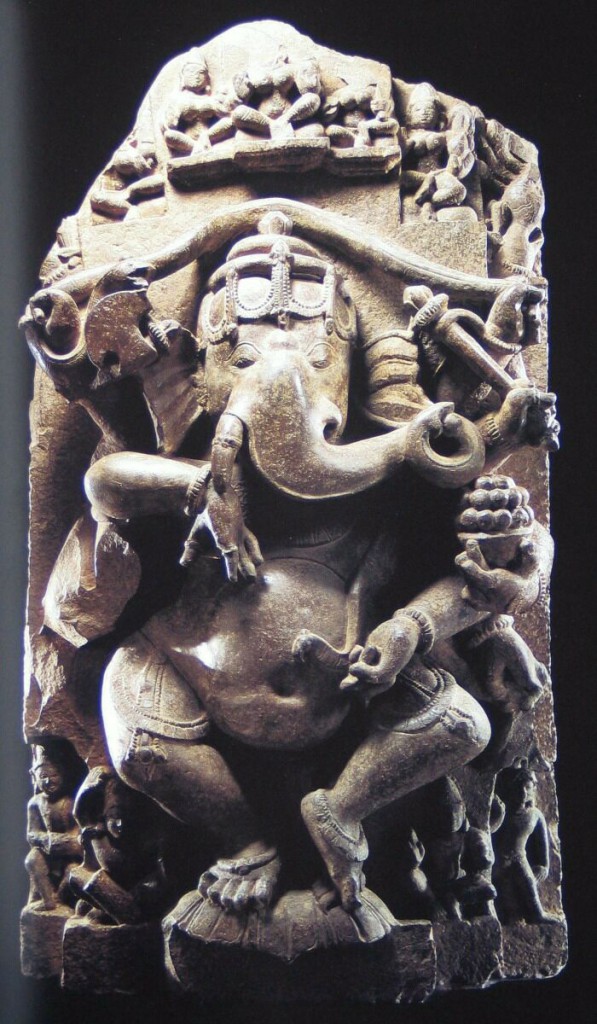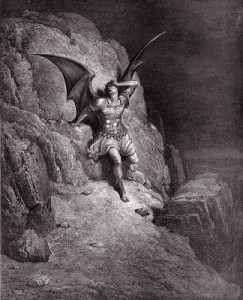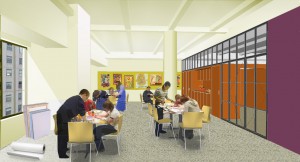Into this wilde Abyss,
The Womb of nature and perhaps her Grave,
Of neither Sea, nor Shore, nor Air, nor Fire,
But all these in thir pregnant causes mixt
Confus’dly, and which thus must ever fight,
Unless th’ Almighty Maker them ordain
His dark materials to create more Worlds,
Into this wilde Abyss the warie fiend
Stood on the brink of Hell and look’d a while,
Pondering his Voyage.
John Milton, Paradise Lost
Yes, we have almost reached 2011. Wasn’t this supposed to be the future? Its a funny thing about the end of the year it seems like a lot of us find ourselves thinking about endings, beginnings, and what the future holds. What is the role of these transitions in our lives – both professional as well as personal – and how can we mark these changes?
Ganesha, the beloved Hindu deity who removes obstacles and graces a number of the museums galleries, is sometimes called the Lord of Thresholds. This honorific reflects his importance to travelers; in India, statues of him can often be found at the inner gates of temples where pilgrims and passersby can pay tribute to him and seek his blessings. In this role, he is stationed at the border between old and new, between the mundane and the sacred, and between what is behind us and what is ahead of us.

The thousand-year-old sandstone statue of Ganesha that stands in the threshold of the museum's cafe.
Its been quite a year for us in K-12 School Programs. Weve expanded the numbers of students visiting the museum on class field trips. Weve deepened our relationships with our school partners, and developed a great team of teaching artists that work with them. We have improved our web presence, streamlined our communication with teachers, and developed new ways of communicating with our visitors (like this blog!) We have developed new professional development workshops for teachers, and we have expanded our presence at conferences and seminars for educators. We’ve reached new students and teachers all across the tri-state area, and helped them find ways to connect the art and culture of the Himalayas to their own lives, as well as their curricula.
Weve got quite a year ahead of us as well. I am excited for the great changes that will come with the opening of our new Education Center this spring. Finally, we will have the space and resources to be able to offer visiting school groups the chance to make art in response to their experiences with Himalayan art! Starting this summer we will be offering K-12 school groups hands-on arts workshops to accompany gallery tours, as well as (finally) a space to eat the lunches that they can bring with them.
Not only will the art studio change the way we coordinate field trips to the museum for schools, but it will change the way other museum initiatives, like RMA Teens, Adult Education, Family Programs, and the Guide and Docent Programs continue to evolve.
Change is indeed the only constant, and I would love to hear what thresholds you’re facing as the year draws to a close. As many Himalayan traditions like Ganesha’s remind us, taking the time to be mindful of these transitions is essential to our continued positive growth. I hope that you’ll be able to join us in the coming year as the Eduction team crosses its new thresholds!




